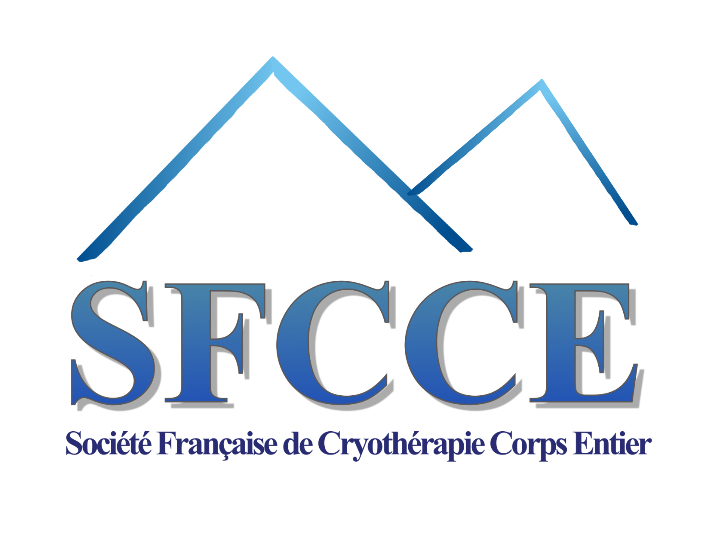par SFCCE | 2020 | Publication Sport

Context: Among sports-recovery methods, cold-water immersion (CWI), contrast-water therapy (CWT), and whole-body cryotherapy (WBC) have been applied widely to enhance recovery after strenuous exercise. However, the different timing effects in exercise-induced muscle damage (EIMD) after these recovery protocols remain unknown.
Objective: To compare the effects of CWI, CWT, and WBC on the timing-sequence recovery of EIMD through different indicator responses.
Design: Crossover study.
Setting: Laboratory.
Patients or other participants: Twelve male middle- and long-distance runners from the Beijing Sport University (age = 21.00 ± 0.95 years).
Intervention(s): Participants were treated with different recovery methods (control [CON], CWI, CWT, WBC) immediately postexercise and at 24, 48, and 72 hours postexercise.
Main outcome measure(s): We measured perceived sensation using a visual analog scale (VAS), plasma creatine kinase (CK) activity, plasma C-reactive protein (CRP) activity, and vertical-jump height (VJH) pre-exercise, immediately postexercise, and at 1, 24, 48, 72, and 96 hours postexercise.
Results: For the VAS score and CK activity, WBC exhibited better timing-sequence recovery effects than CON and CWI (P < .05), but the CWT demonstrated better effects than CON (P < .05). The CRP activity was lower after WBC than after the other interventions (P < .05). The VJH was lower after WBC than after CON and CWI (P < .05).
Conclusions: The WBC positively affected VAS, CK, CRP, and VJH associated with EIMD. The CWT and CWI also showed positive effects. However, for the activity and timing-sequence effect, CWT had weaker effects than WBC.
Qu, C, Wu, Z, Xu, M, Qin, F, Dong, Y, Wang, Z, Zhao, J. (2020)
Full Article : https://pubmed.ncbi.nlm.nih.gov/32160058/
